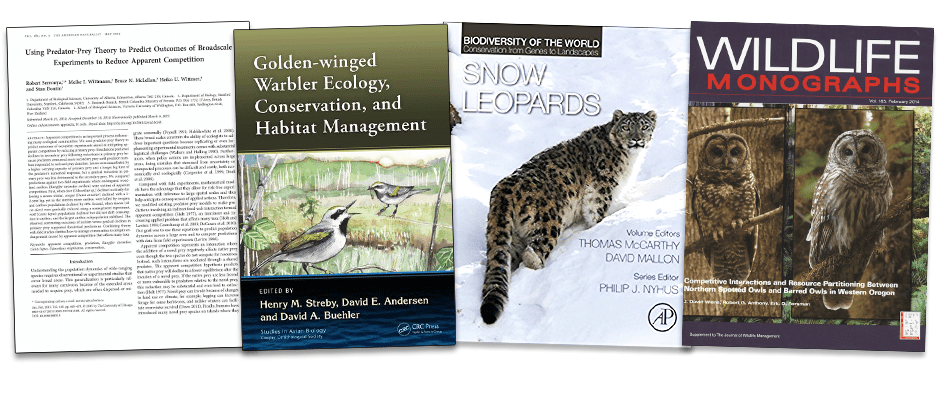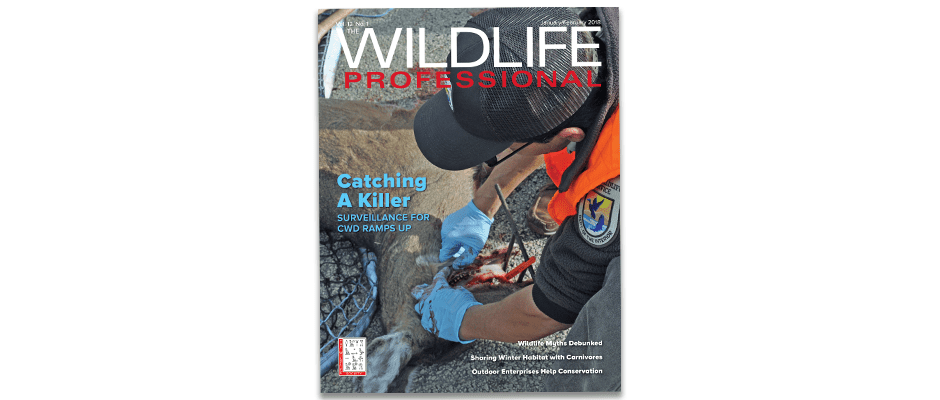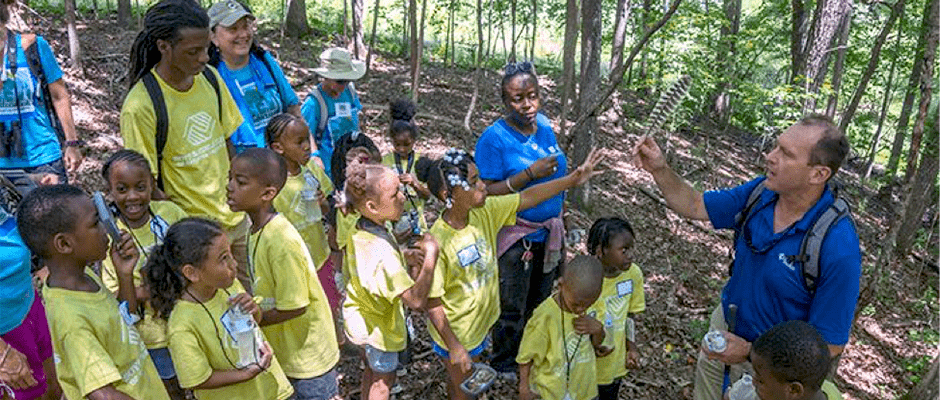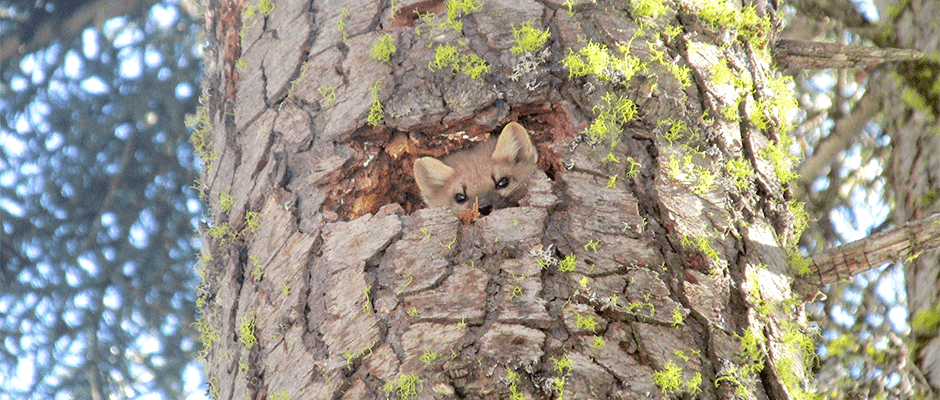- News
-
-
-
-
-
Latest News Articles
- WSB: Study tests accuracy of thermal drone surveys April 26, 2024
- Computer model explores Tribal use of fire for ecosystem health April 26, 2024
- 2024 TWS Elections: Southwest Representative April 25, 2024
-
-
-
- Wildlife Professional Resources
-
- Our Network
-
- PUBLICATIONS
-
-
Recent Posts
-
 The Wildlife Professional November/December Issue
November 1, 2023
The Wildlife Professional November/December Issue
November 1, 2023
-
-
-
-
-
-
- Wildlife Events
-
-
-
Upcoming Webinars
- No Events
-
-
-
- Who We Are
-
Month: January 2018

January 4, 2018
TWS recognizes wildlifers for outstanding publications
Nominations for the Wildlife Publication Awards will be accepted through May 1, 2018. Click on the link above to visit the Wildlife Publication Awards webpage, or visit https://wildlife.org/awards to learn more about...

January 4, 2018
Constantly on the hunt, midsize carnivores face unique risks
Medium-sized carnivores may be particularly at risk from environmental changes, an international team of scientists found, because they spend so much of their waking hours hunting for food that they...

January 3, 2018
NE Section seeks volunteer instructors for field course
The Northeast Section of The Wildlife Society is looking for instructors for their Student Wildlife Field Course. Held annually for two weeks in May, the intense session offers students an...

January 3, 2018
Student research highlights pollinator preferences
Pollinating insects — such as bees, beetles and butterflies — choose habitats with the most flower cover, according to a student’s undergraduate research that was performed with the help of...

January 3, 2018
Political instability main factor in waterbird conservation
Even more than climate change, human population growth or their own species characteristics, waterbird species across the globe seem to be declining mostly from political instability and weak governance, according...

January 2, 2018
The January/February issue of The Wildlife Professional
In our first issue of 2018, The Wildlife Professional takes an in-depth look at the struggle to contain the spread of chronic wasting disease in cervids. In November, Montana became...

January 2, 2018
A wildlife biologist with power
As a kid, Scott Fletcher was the go-to guy to identify whatever strange-looking critters had appeared in his neighbors’ yards. When his father, a geology professor, took him and his...

January 2, 2018
Student research project: LIDAR describes marten habitat
The elusive Pacific marten seeks shelter and food in the forests of the Sierra Nevada, where its populations are imperiled by habitat loss. Taking advantage of LIDAR, the laser-based remote...

